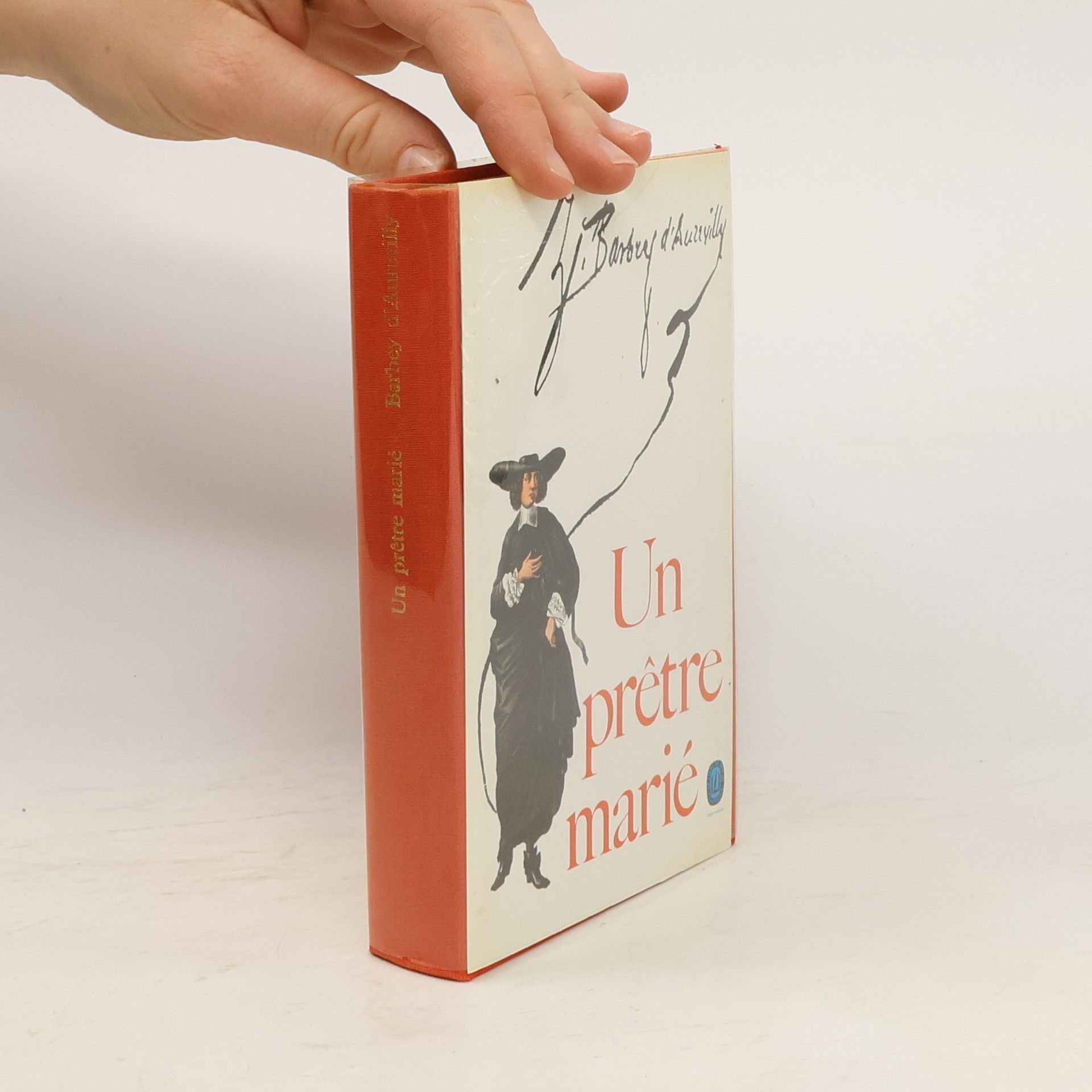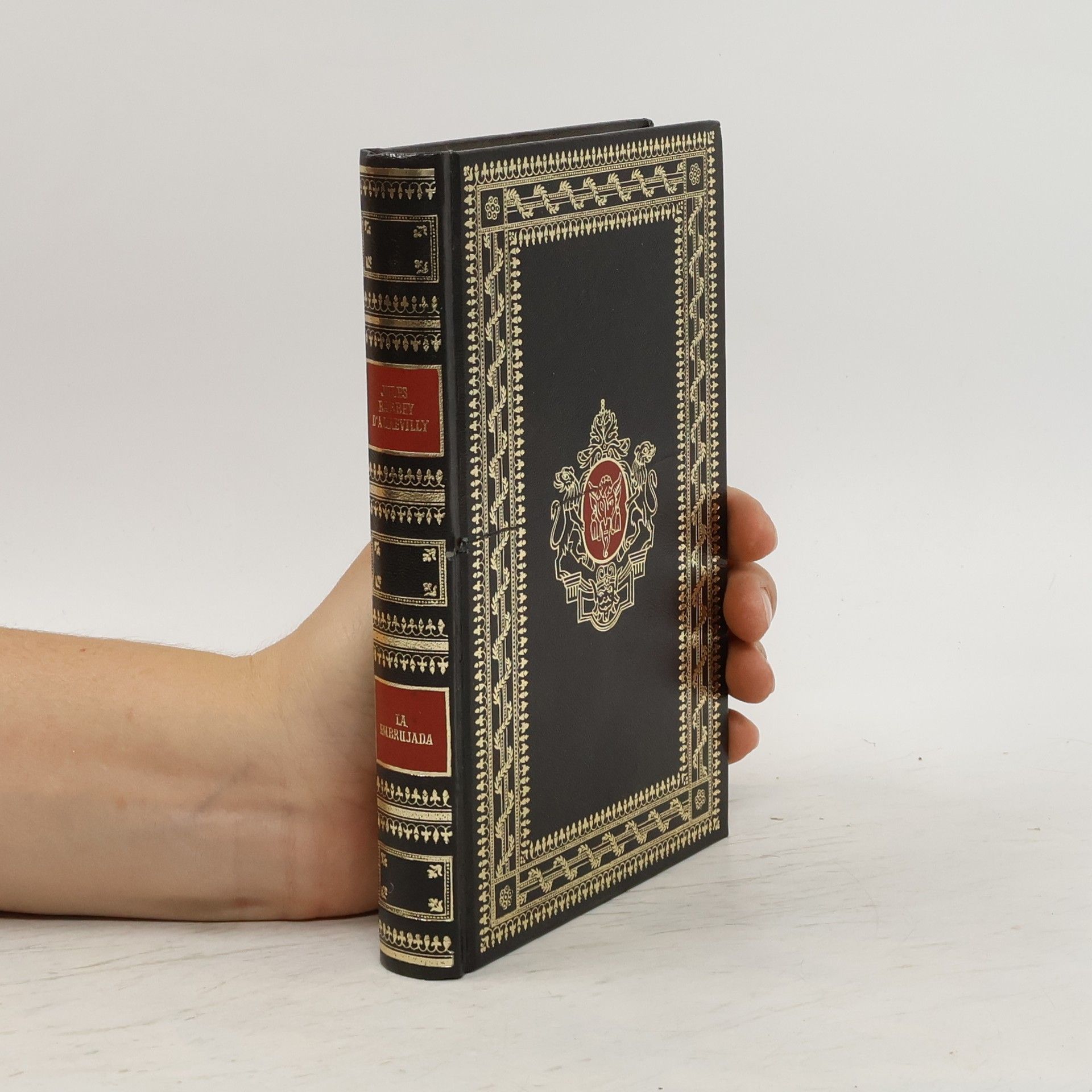In Les Diaboliques there are six tales of female temptresses - she-devils - in which horror and the wild Normandy countryside combine to send a shiver down the spine of the reader. First published in 1874 Les Diaboliques caused an uproar and all copies of the book were seized on the orders of the Ministry of Justice as the book was a danger to public morality. Scandal made the book an immediate success. It is now regarded as a classic and is studied in French schools.
Jules Amédée Barbey d’Aurevilly Books
Jules-Amédée Barbey d'Aurevilly was a novelist and literary critic whose works influenced the decadent movement. He specialized in mystery tales that explored hidden motivations and hinted at evil without being explicitly concerned with the supernatural. His unique style and insightful exploration of human psychology left an indelible mark on literature, influencing key authors.


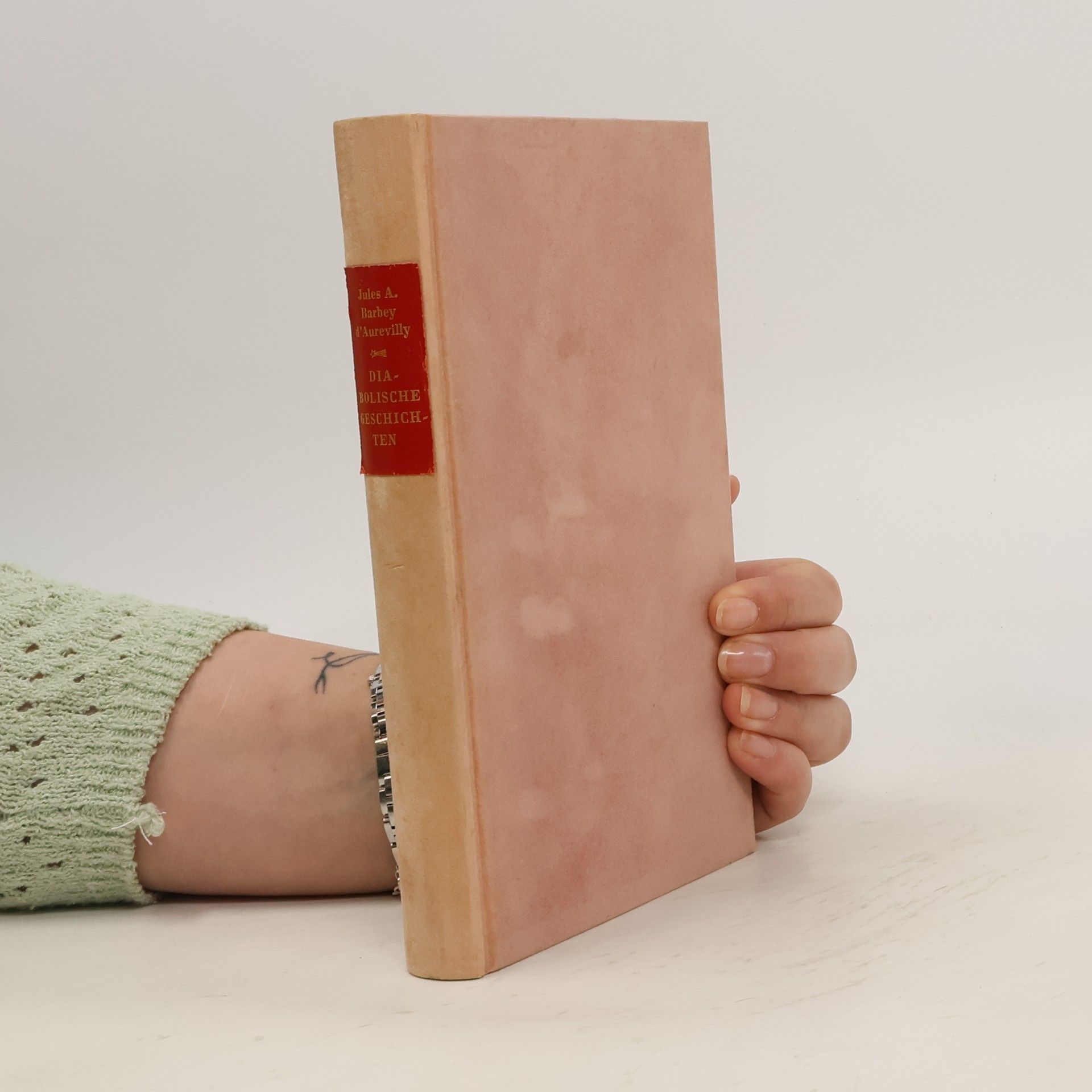
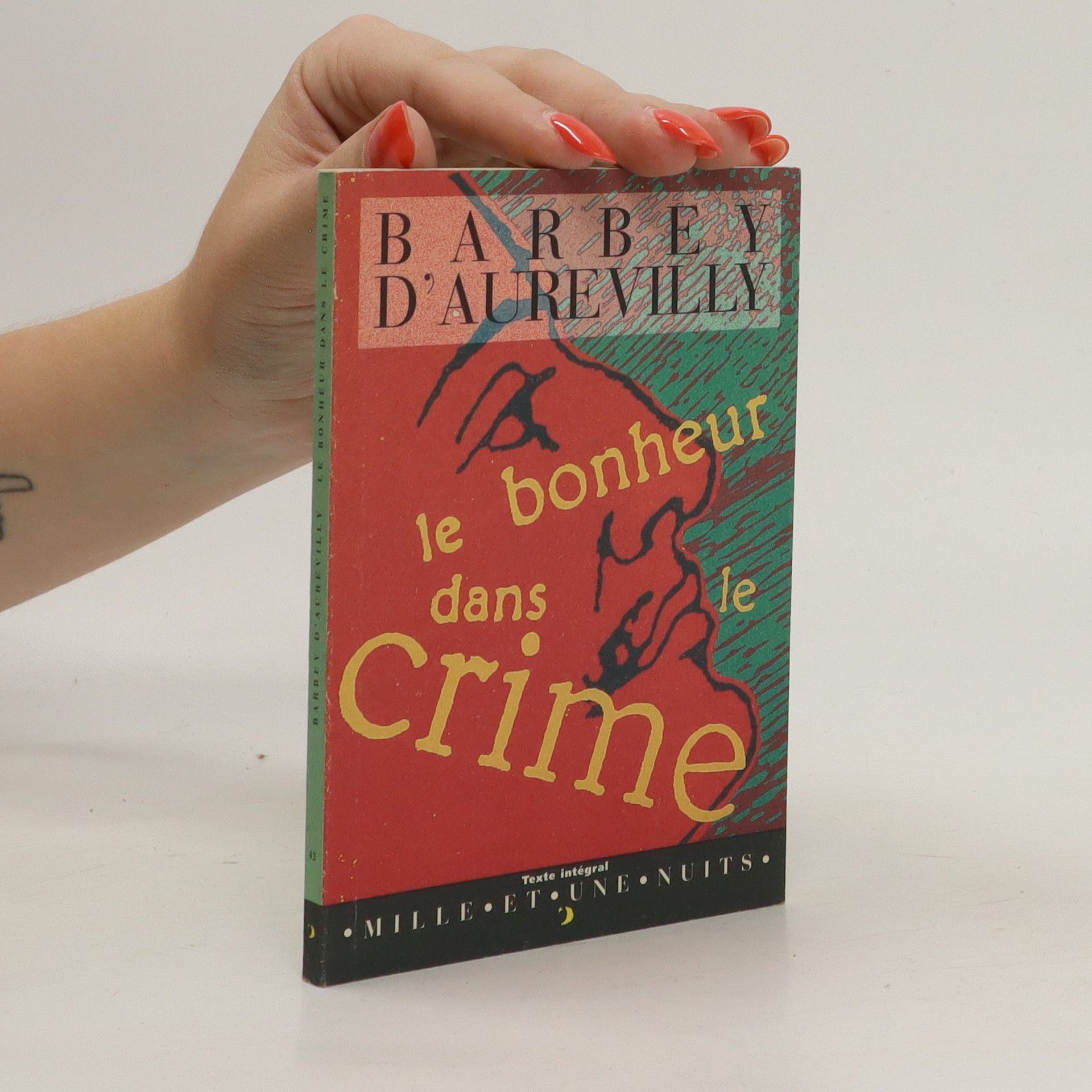
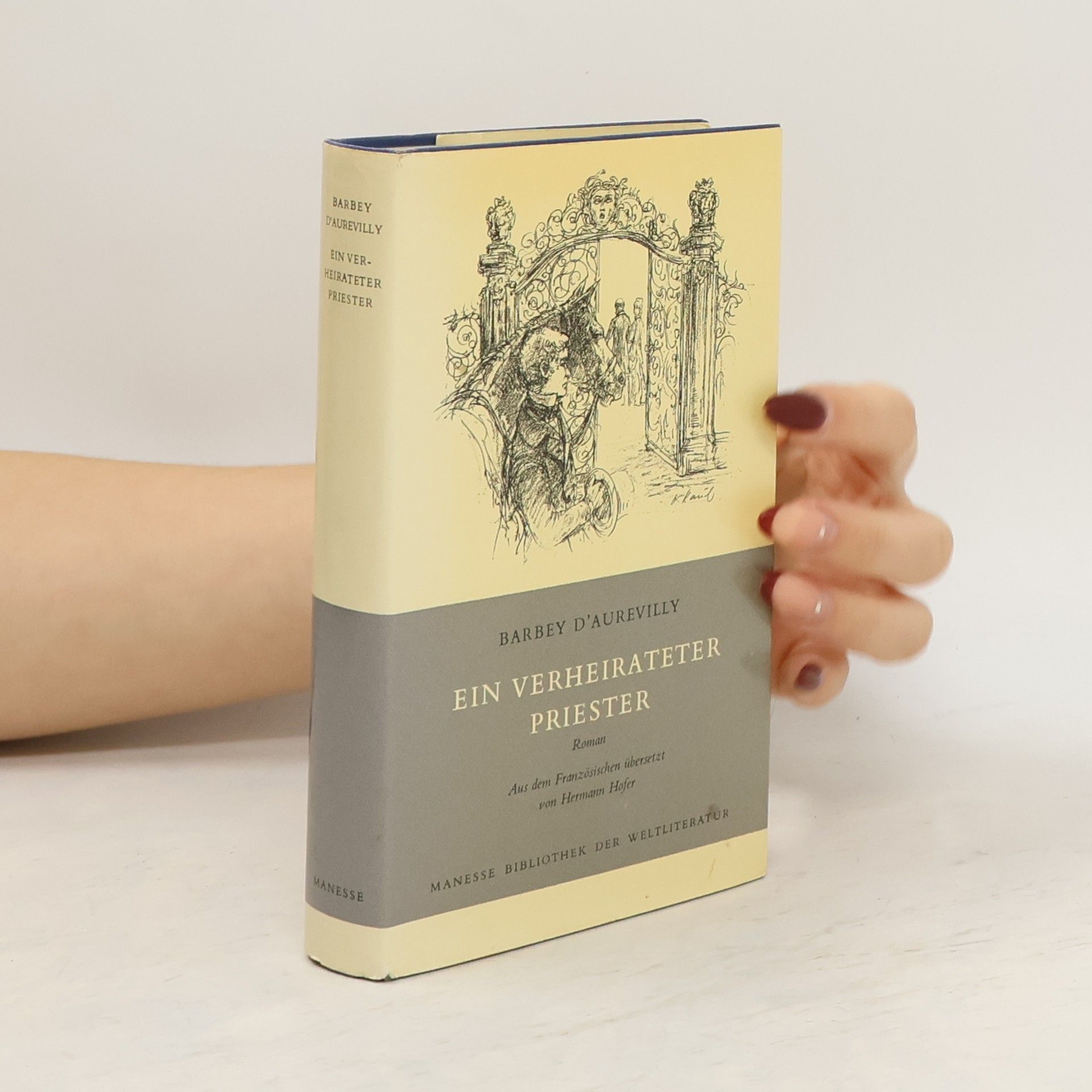


Le chevalier Des Touches / par J. Barbey d'Aurevilly Date de l'A(c)dition originale: 1864 Ce livre est la reproduction fidA]le d'une oeuvre publiA(c)e avant 1920 et fait partie d'une collection de livres rA(c)imprimA(c)s A la demande A(c)ditA(c)e par Hachette Livre, dans le cadre d'un partenariat avec la BibliothA]que nationale de France, offrant l'opportunitA(c) d'accA(c)der A des ouvrages anciens et souvent rares issus des fonds patrimoniaux de la BnF. Les oeuvres faisant partie de cette collection ont A(c)tA(c) numA(c)risA(c)es par la BnF et sont prA(c)sentes sur Gallica, sa bibliothA]que numA(c)rique. En entreprenant de redonner vie A ces ouvrages au travers d'une collection de livres rA(c)imprimA(c)s A la demande, nous leur donnons la possibilitA(c) de rencontrer un public A(c)largi et participons A la transmission de connaissances et de savoirs parfois difficilement accessibles. Nous avons cherchA(c) A concilier la reproduction fidA]le d'un livre ancien A partir de sa version numA(c)risA(c)e avec le souci d'un confort de lecture optimal. Nous espA(c)rons que les ouvrages de cette nouvelle collection vous apporteront entiA]re satisfaction. Pour plus d'informations, rendez-vous sur www.hachettebnf.fr
Jean Sombreval hat sein Leben als Priester und das Zölibat hinter sich gelassen und sich ganz der Wissenschaft und dem Fortschritt zugewandt. Doch als er nach dem Tod seiner Frau mit seiner über alles geliebten Tochter Calixte in sein Heimatdorf zurückkehrt, holt ihn die Vergangenheit ein. Die alte Malgaigne, Jeans Amme und Ziehmutter, Hellseherin und Relikt aus archaischen Zeiten, hat schreckliche Vorahnungen, die sich nach und nach bewahrheiten. Sombreval wird von den Geistern des Gottes heimgesucht, den er einst verraten hat – ein zorniger, alttestamentarischer Gott, dem der Sinn nach Rache steht. Als sich auch noch der junge Néel Hals über Kopf in die fromme Calixte verliebt, nimmt das Unglück seinen Lauf. Dieser faustische Roman erzählt von Schöpfern und Vätern, vom Schicksal des Geschöpfes, von Liebe und Zerstörung. Er versetzt uns zurück in die französische Gesellschaft nach der Revolution, in der Katholizismus und Atheismus, Aristokratie und aufstrebendes Bürgertum, Vergangenheit und Gegenwart sich unversöhnlich gegenüberstehen.
Le Bonheur dans le crime est l'une des plus célèbres des six nouvelles du recueil Les Diaboliques. Ecrites vers 1870, cette histoire d'une passion adultérine débute dans une salle d'armes et se poursuit l'épée à la main pour aboutir au crime, Romancier, poète et journaliste, Barbey d'Aurevilly déploie ici, plus que jamais, son art de conteur.
Diabolische Geschichten
- 406 pages
- 15 hours of reading
L'ensorcelée
- 254 pages
- 9 hours of reading
La lande de Lessay est une des plus consid�rables de cette portion de la Normandie qu'on appelle la presqu'�le du Cotentin.
Erzählen! Erzählen!
- 318 pages
- 12 hours of reading
